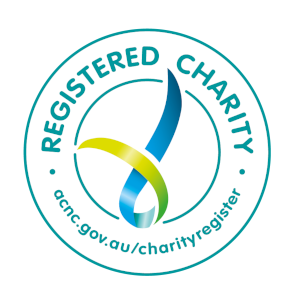Spinal muscular atrophy (SMA) is a genetically inherited condition that affects the motor neurons (nerves) that control the movement of muscles in the body. The back, hips and shoulders are normally affected the worst from this disability, however, it can affect muscles throughout the entire body.
In some cases, the muscles involved in important bodily functions, such as eating, swallowing or breathing may also be affected.
There are different types of SMA with varying degrees of severity.
Frequency
An estimated 1 in 10,000 babies are born with a form of spinal muscular atrophy in Australia.
Signs and Symptoms
- Varies by type (see below)
Treatment
- There is no cure for SMA at this point in time, however, there is research being undertaken to find/develop an effective treatment.
- Treatments are aimed at improving quality of life, such as physiotherapy, occupational therapy and other specialist care and medical treatments.
Types relevant to section 24 of the NDIS Act
SMA Type 1 – Werdnig Hoffmann disease (infantile form)
Children with type 1 SMA show symptoms in the first 6 months of life and do not reach the developmental milestone of being able to sit up unassisted. It is rare that a child with type 1 SMA will live past 2 years of age.
Signs & Symptoms include:
- General weakness in the muscles
- Weak cry
- Difficulty swallowing and sucking
SMA Type 2 – Dubowitz disease (intermediate form)
The onset of type 2 SMA occurs within the first 7 to 18 months of life. Children with this form of SMA are often able to reach the milestone of sitting up unassisted, although they generally are not able to stand and walk. It is common for children with type 2 SMA to live to young adulthood, while some live much longer.
Signs & Symptoms include:
- Weakness in the lower torso
- Weakness in the arms, legs and the respiratory muscles
- Scoliosis (curvature of the spine)
X-Linked SMA
X-linked infantile spinal muscular atrophy is exclusive to boys (only affects boys). Children with the condition are often born with joint deformities and in some cases, are also born with broken bones.
Although children may reach some developmental milestones, such as sitting or crawling unassisted, these skills are often loss as the muscle strength declines.
Signs & Symptoms include:
- Declining muscle strength
- Absent reflexes
- Joint deformities or broken bones at birth
Download:  Spinal Muscular Atrophies Factsheet
Spinal Muscular Atrophies Factsheet
Disclaimer
This fact sheet provides general information about the disability and is for informational purposes only. It is not a guarantee that you will meet the disability requirements in section 24 of the NDIS Act.


